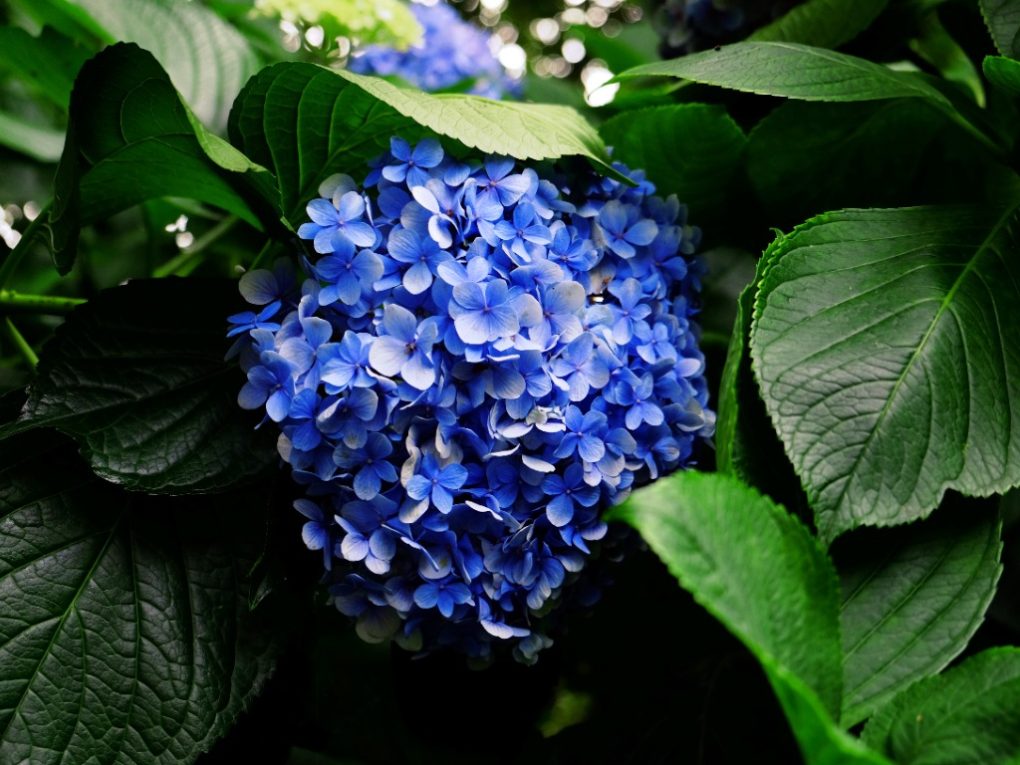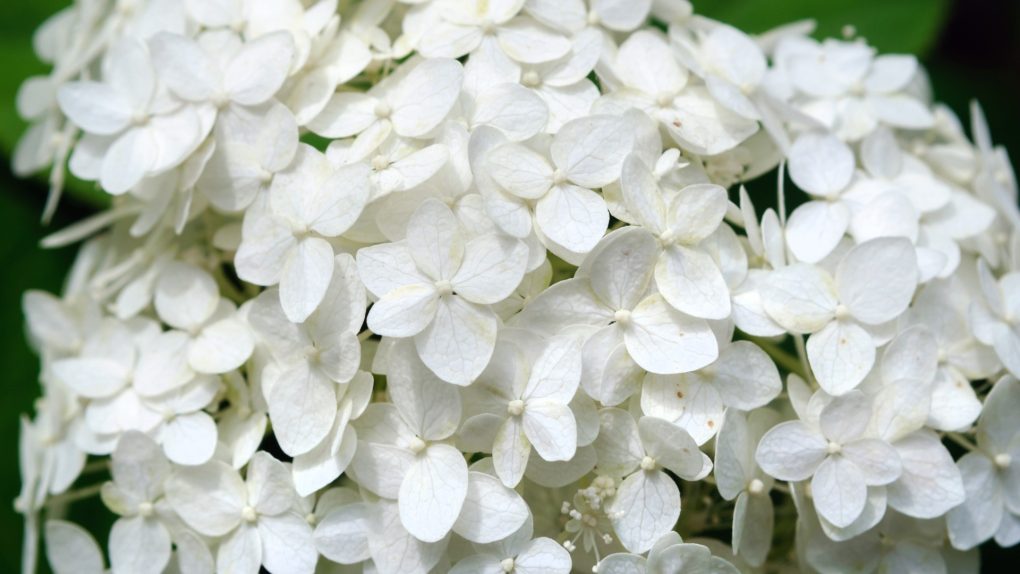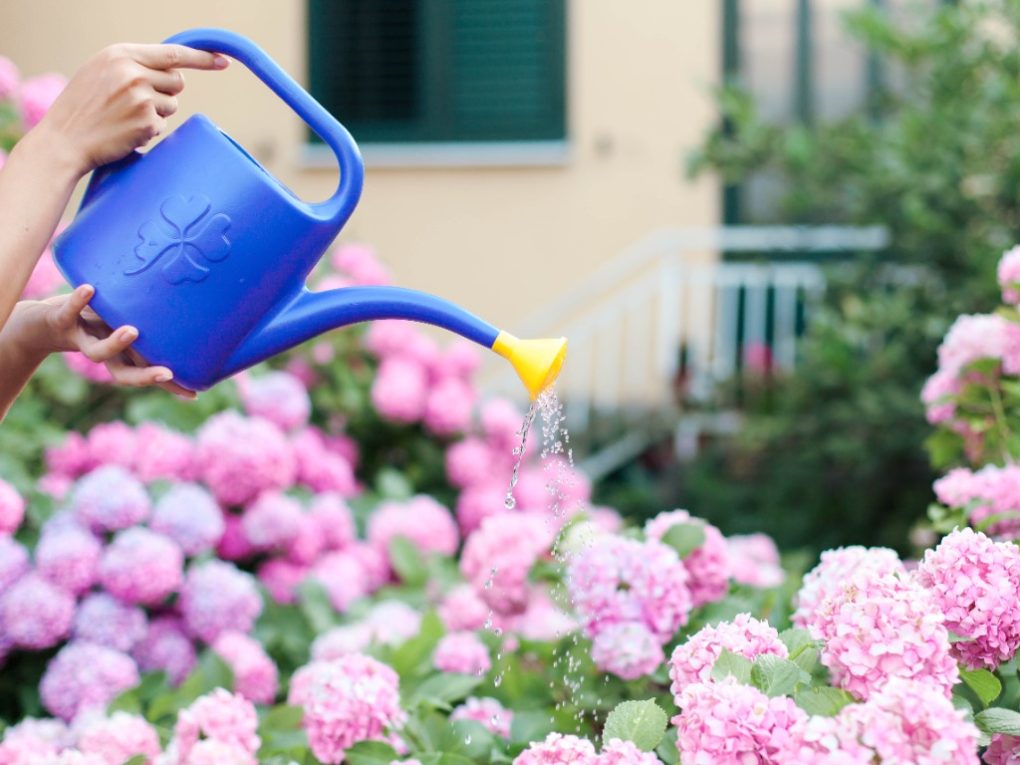Do Hydrangeas Grow Under Walnut Trees? Exploring The Compatibility Of These Two Plants
Hydrangeas can grow under walnut trees but may experience some difficulties due to the presence of juglone, a toxic compound produced by walnut trees. Juglone is present in the tree’s roots, leaves, and bark, and can have toxic effects on sensitive plants, inhibiting their growth.

Fortunately, hydrangeas are considered to be moderately juglone-tolerant plants. They can withstand the allelopathic effects of the walnut tree to some extent, but their growth may be slower or less vigorous than in other locations. Plant hydrangeas safely from the walnut tree, and maintain proper watering and fertilizing for optimal results.
Table of Contents
Hydrangeas and Juglone Sensitivity
Hydrangeas are known for their beautiful pink, blue, and white blooms, and many gardeners wonder if they can grow these flowers under walnut trees. The answer is that hydrangeas can grow under walnut trees, but they are somewhat sensitive to juglone, a toxic substance black walnut trees produce.
While hydrangeas are not as sensitive to juglone as some other plants, they may still exhibit some signs of stress if planted too close to a black walnut tree. Symptoms of juglone toxicity include yellowing leaves, stunted growth, and wilting. However, if planted outside of the tree’s dripline or at a distance of at least 50 feet from the tree, hydrangeas should be able to thrive.
It’s important to note that not all hydrangea varieties are equally tolerant of juglone. For example, smoothing hydrangeas (Hydrangea arborescens) are more juglone-tolerant than bigleaf hydrangeas (Hydrangea macrophylla). Gardeners should choose hydrangea varieties that are more resistant to juglone if they plan to plant them near black walnut trees.
Choosing Hydrangeas for Planting Under Walnut Trees
Planting hydrangeas under walnut trees can be challenging due to the presence of juglone, a toxic substance in the tree’s roots, leaves, and nut hulls. However, certain hydrangea species and cultivars can tolerate juglone and thrive under walnut trees.
Hydrangea Species
Hydrangea macrophylla, commonly known as bigleaf hydrangea, is a popular species that can grow well under walnut trees. It prefers partial shade and well-draining soil. Other hydrangea species that can tolerate juglone include:
● Hydrangea quercifolia (oakleaf hydrangea)
● Hydrangea arborescens (smooth hydrangea)
● Hydrangea paniculata (panicle hydrangea)
Hydrangea Cultivars
When selecting hydrangea cultivars for planting under walnut trees, choosing those that are juglone-tolerant is essential. Some popular cultivars include:
| Cultivar | Species |
| Endless Summer | Hydrangea macrophylla |
| Annabelle | Hydrangea arborescens |
| Limelight | Hydrangea paniculata |
| Gatsby Star | Hydrangea quercifolia |
It’s important to note that even juglone-tolerant hydrangeas may struggle initially when planted under walnut trees. However, they may require extra care, such as regular watering and fertilization, to establish themselves.
Choosing the right hydrangea species and cultivars is crucial for planting under walnut trees. With proper care and attention, hydrangeas can thrive and add beauty to your garden even in the presence of juglone.

Planting and Caring for Hydrangeas Under Walnut Trees
Soil Preparation and Planting
Planting hydrangeas under walnut trees may be challenging due to the presence of juglone, a chemical that can be toxic to many plants. However, hydrangeas are known to be resistant to juglone, making them suitable for planting under walnut trees. To prepare the soil for planting, removing debris or fallen leaves from the area is recommended. The soil should be tilled to a depth of at least 12 inches to ensure good drainage. Adding organic matter such as compost or aged manure can also help improve soil quality. When planting hydrangeas, choosing a spot that receives partial shade with morning sun for about four to six hours is important. Hydrangeas prefer well-draining soil and moderate watering once they are established. Newer plantings will need more frequent watering.
Watering and Fertilizing
Hydrangeas under walnut trees should be watered regularly, especially during dry spells. Watering too much can cause root rot, so avoid it at all costs. A layer of mulch around the base of the plant can help regulate soil temperature and retain moisture. Fertilizing hydrangeas under walnut trees should be done sparingly. Excessive fertilization can lead to an increase in juglone toxicity. A balanced fertilizer with equal amounts of nitrogen, phosphorus, and potassium can be applied in early spring and late summer.

Managing Juglone Toxicity
Juglone toxicity can be managed by selecting plants that are resistant to juglone. In addition to hydrangeas, some other plants known to be juglone-resistant include wild ginger, black raspberry, and beets. It is also important to monitor the health of the hydrangeas regularly. Signs of juglone toxicity include yellowing leaves, stunted growth, and wilting. If these symptoms are present, moving the plant to a different location or removing it may be necessary. In conclusion, planting and caring for hydrangeas under walnut trees requires careful consideration and management of juglone toxicity. By following the recommended soil preparation and planting techniques, watering and fertilizing practices, and monitoring for signs of toxicity, gardeners can successfully grow hydrangeas under walnut trees.
